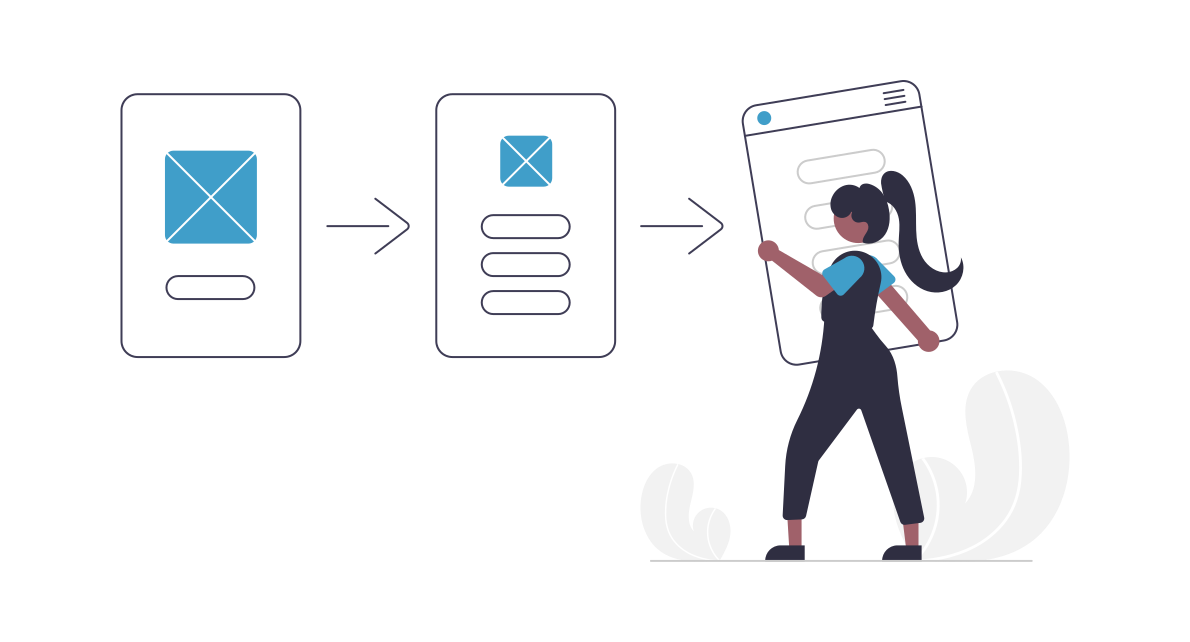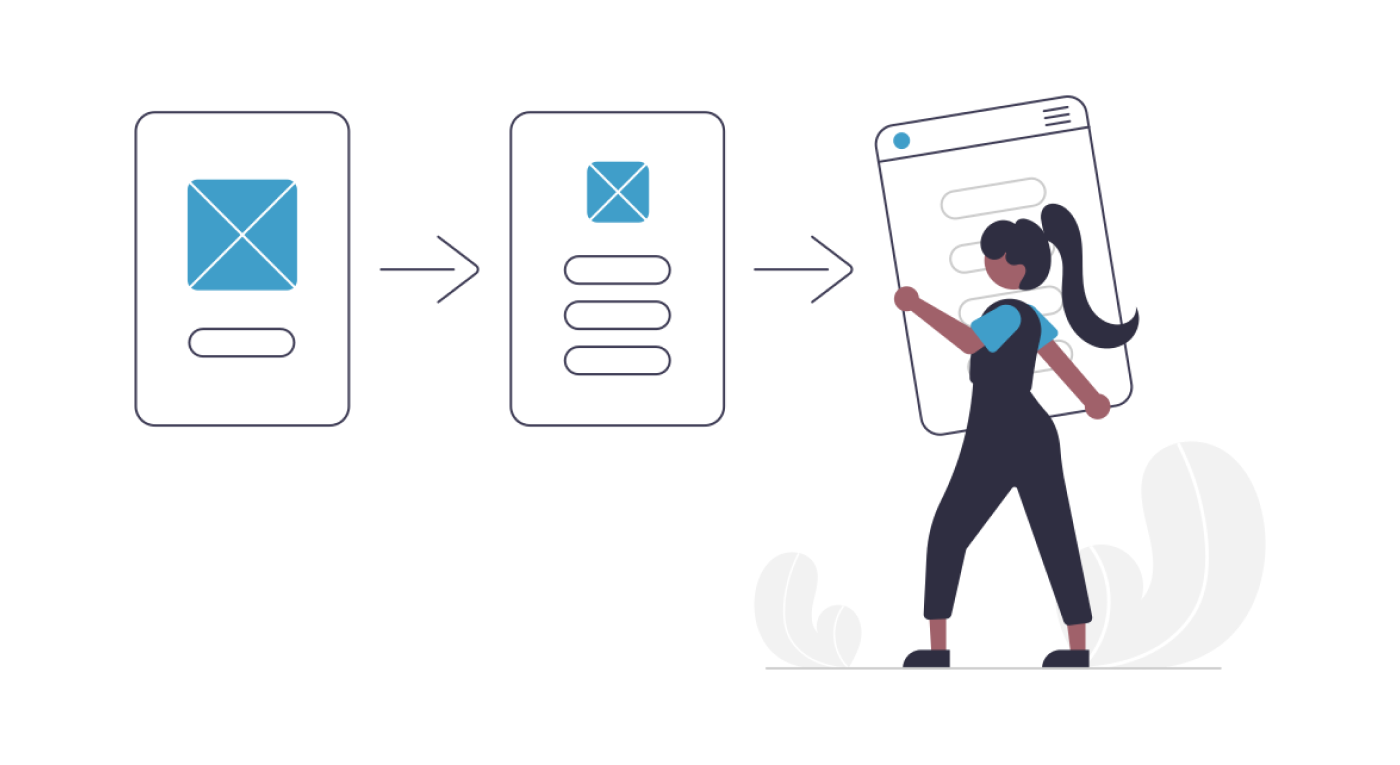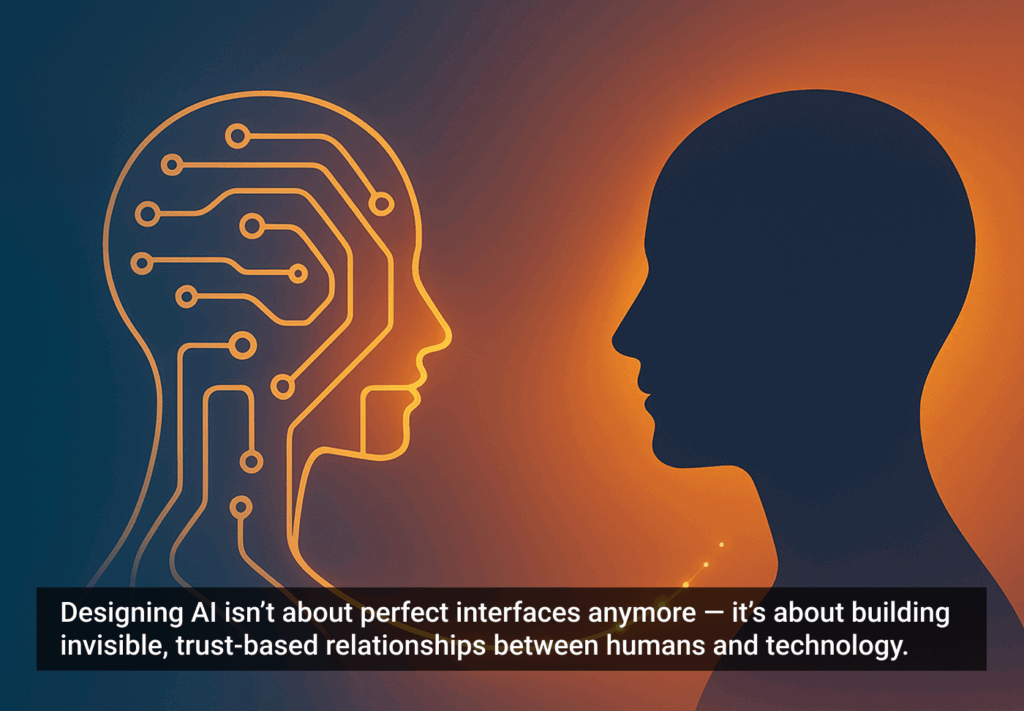At a time when designs are constantly changing, it is important that UI/UX designers understand and focus on the main principles of design. Though design trends vary from year to year, the psychology of the user remains the same. As UX designers, we are constantly looking at ways to affect how a user interacts with our designs. One of the principles we focus on is information architecture.
Introduction of Information Architecture within Design
Information architecture, like many of the psychological principles implemented in design, is not a contemporary idea. Originating in the mid 1960’s, information architecture slowly developed through the decades into the current definition of today. In fact, information architecture became increasingly more important due to the revolutionary implementation of website usability which led to a new focus for designers.
One of the early publications that was part of the user experience revolution is the book, Designing Web Usability: the Practice of Simplicity, by Jakob Nielsen. In his book, Nielsen explains the importance of a clean, well organized design, and the positive effects the design has on the user. While previous websites during the time period lacked focus on the user experience, Nielsen’s book began the metamorphosis within the design industry.
Basis of Information Architecture within Design
Information architecture is defined as the organization, structuring, and labeling of content in an effective and sustainable way. Simply put, it is the creation of a website or application’s structure. Lou Rosenfeld and Peter Morville, renowned information architects, wrote a book entitled ‘Information Architecture for the World Wide Web, which describes the topic of information architecture in the context of the internet. At the point of the original publication, information architecture was still a new concept not yet implemented regularly in design. In their book, they explain the principles of information architecture, and how the topics relate to and apply to design.
The main principles include the organization and structure of information, the representation of information, the system for how a user navigates through a website, and how users search for information, known as “search systems.”

Relevance of Information Ecology
Implementing information architecture into real world problems requires focus on a few key concepts. In the book mentioned above, Rosenfeld and Morville explain the model they implement when they practice the use of information architecture.
The model focuses on a concept called “information ecology.” Information ecology relates to the creation of systems using the independent topics of context, content, and users. The first concept, context, relates to the business or client itself. The goals of an organization, the mission, the uniqueness of the business, and other unique characteristics of a business. Determining the correct context of a business aids in expressing the correct culture and feel through the design.
Compared to context, the content of a website can be seen as a bit more visual. Plainly stated, content is the information organized within the design’s architecture. Content is everything the user will see within the design. It is what fills the “information gaps” within the information architecture. Content involves the organization of that information within the design architecture. The variation of content maintains the distinction of each business’ information architecture.

The final topic involved in information ecology is users. The differences among users needs to be translated into how information is presented. This leads into developing an informational architecture that is suitable for the target user group. It is important to understand the target user in order to create an information architecture that provides the best user experience.
There are many factors to take into account when designing the information architecture for a certain user group. Who the target user group is, how they will use the design, and what they are looking for within the design are all factors that need to be considered when creating the information architecture of a design. Researching the target demographic will aid in answering these questions.
Designing for the user requires the designer to be empathetic to the user. This is where empathetic designing is vital when creating designs with excellent user experience. A positive user experience is, after all, the main purpose of incorporating excellent information architecture into designs.
Incorporating IA in UX Designs
Information architecture involves the development of the flow that users take throughout a design. UX designers incorporate information architecture into their designs through a variety of ways. The first stages of a design often include creating sitemaps that show how a user will travel and interact with a design. Sitemaps are extremely beneficial and help to layout not just the user navigation, but also the visual hierarchy of the design.
Sitemaps also allow for a designer to organize the information in a systematic way. Grouping similar information together is a common practice that ensures a cohesive design that optimizes a user’s journey through the design.

The grouping of information relates to a UX concept known as the Gestalt Principles. These principles explain how a user perceives objects in relation to each other. Stemming from the field of cognitive psychology, information architecture incorporates concepts like the Gestalt Principles to effectively organize and structure the content within a design.
A user engages with a design for the purpose of attaining the content within the design; it is vital that a user is able to gather the content in an effective and efficient manner. Understanding the elements of information architecture and its’ foundation in cognitive psychology will allow for a greater user experience within the designs.
Time is extremely valuable, so it is important that the user doesn’t have to spend too much effort in completing their tasks. Often, when poor information architecture is implemented, users will become impatient and abandon the design. This, of course, results in a potential loss of business and traffic.
On the other hand, if the information architecture of a design is created in a manner that increases usability of a design, then this will have a positive effect on the user experience. Due to this positive experience, users will be more inclined to continue interacting with the design.
As UX designers, incorporating information architecture into our designs is vital in creating a positive user experience. Before we can apply information architecture into our designs, we must first understand the concepts behind it. The concept of information architecture is prevalent in pre-existing elements related to cognitive psychology. It is important that we are able to grasp the core concepts related to the foundations of informational architecture. Only then will we be able to apply it in a way that will positively impact the user. Information architecture is a key component to designs. When implemented correctly, information architecture can elevate not just the design, but the overall experience of the user.








